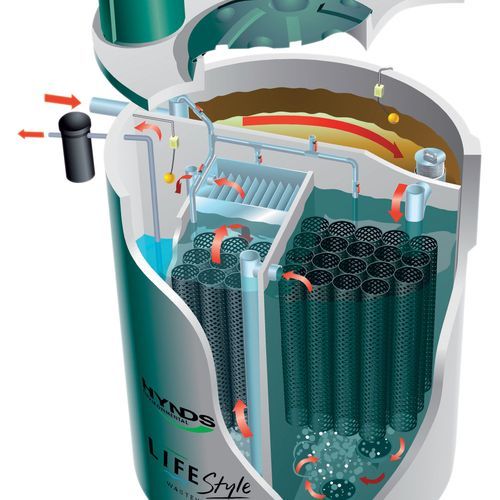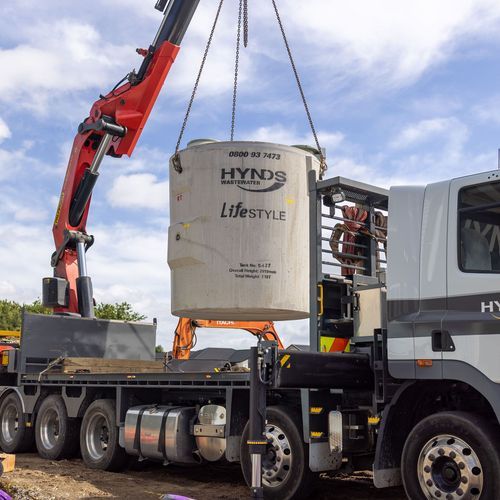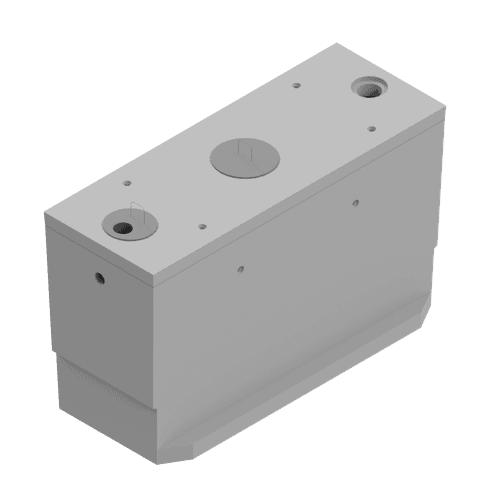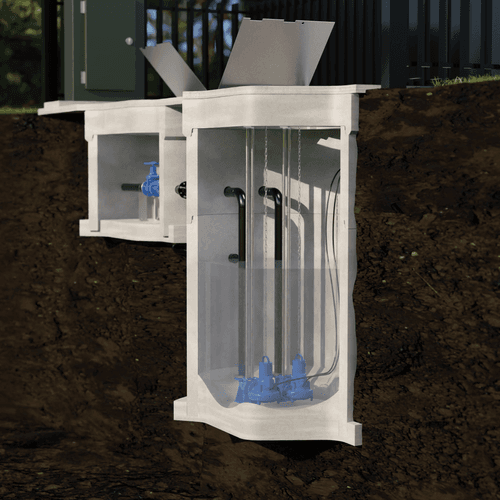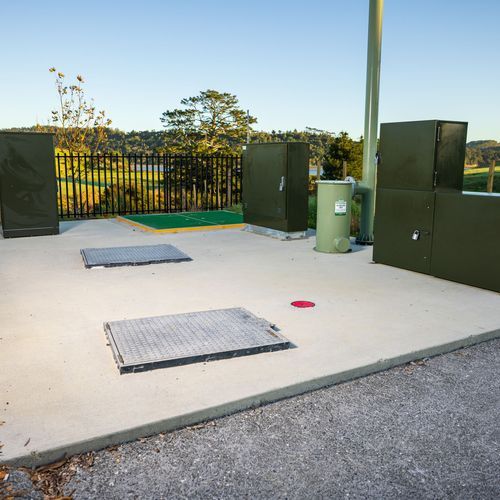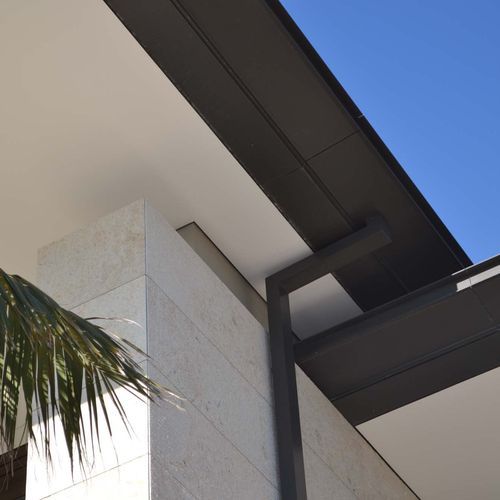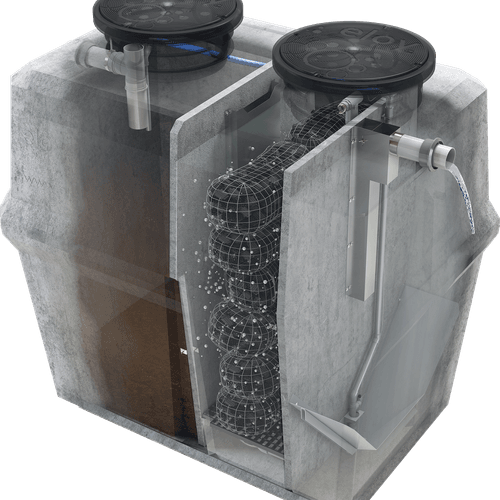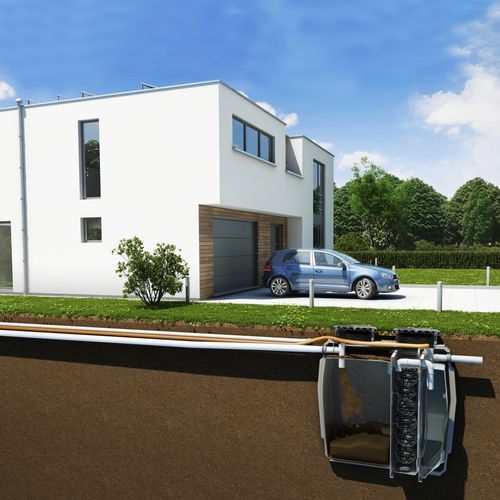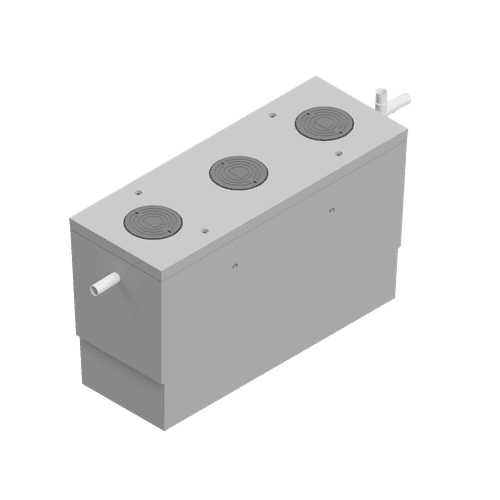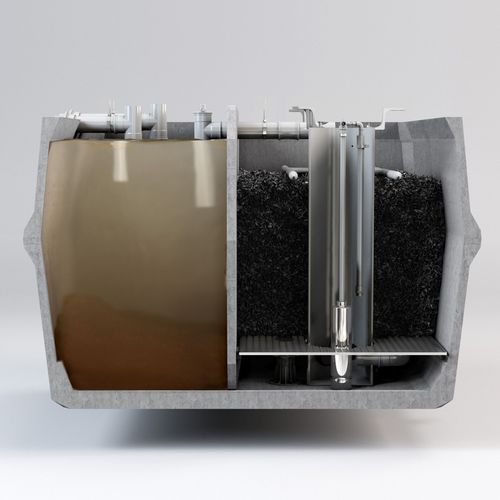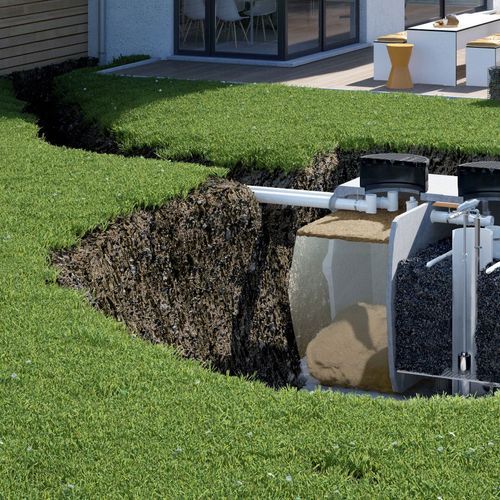Wastewater Management
- Modern wastewater management systems last much longer than traditional ones. While such a sewage system is easy to maintain, it can still get blocked if not cared for properly. Looking for affordable wastewater treatment options that are easy to maintain? Get an efficient wastewater treatment plant from ArchiPro for advanced treatment of commercial and domestic wastewater at tremendously cost-effective prices.Why ArchiPro?
No more endless searching -
Everything you need, all in one place.Real projects, real experts -
Work with vetted architects, designers, and suppliers.Designed for New Zealand -
Projects, products, and professionals that meet local standards.From inspiration to reality -
Find your style and connect with the experts behind it.Start your Project
Start you project with a free account to unlock features designed to help you simplify your building project.
Learn MoreBecome a Pro
Showcase your business on ArchiPro and join industry leading brands showcasing their products and expertise.
Learn More